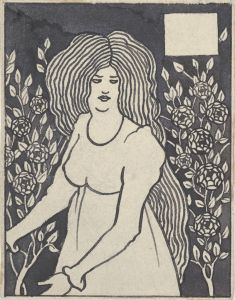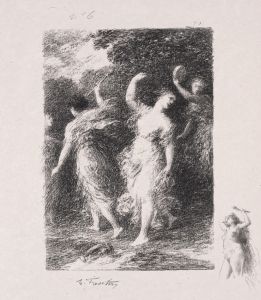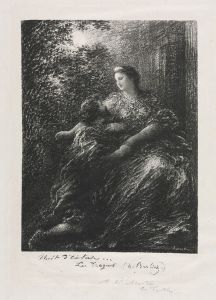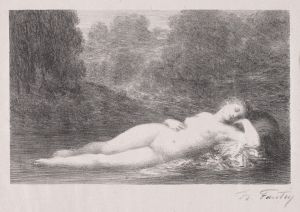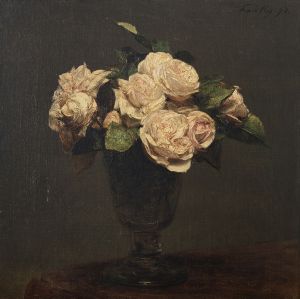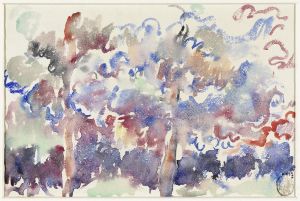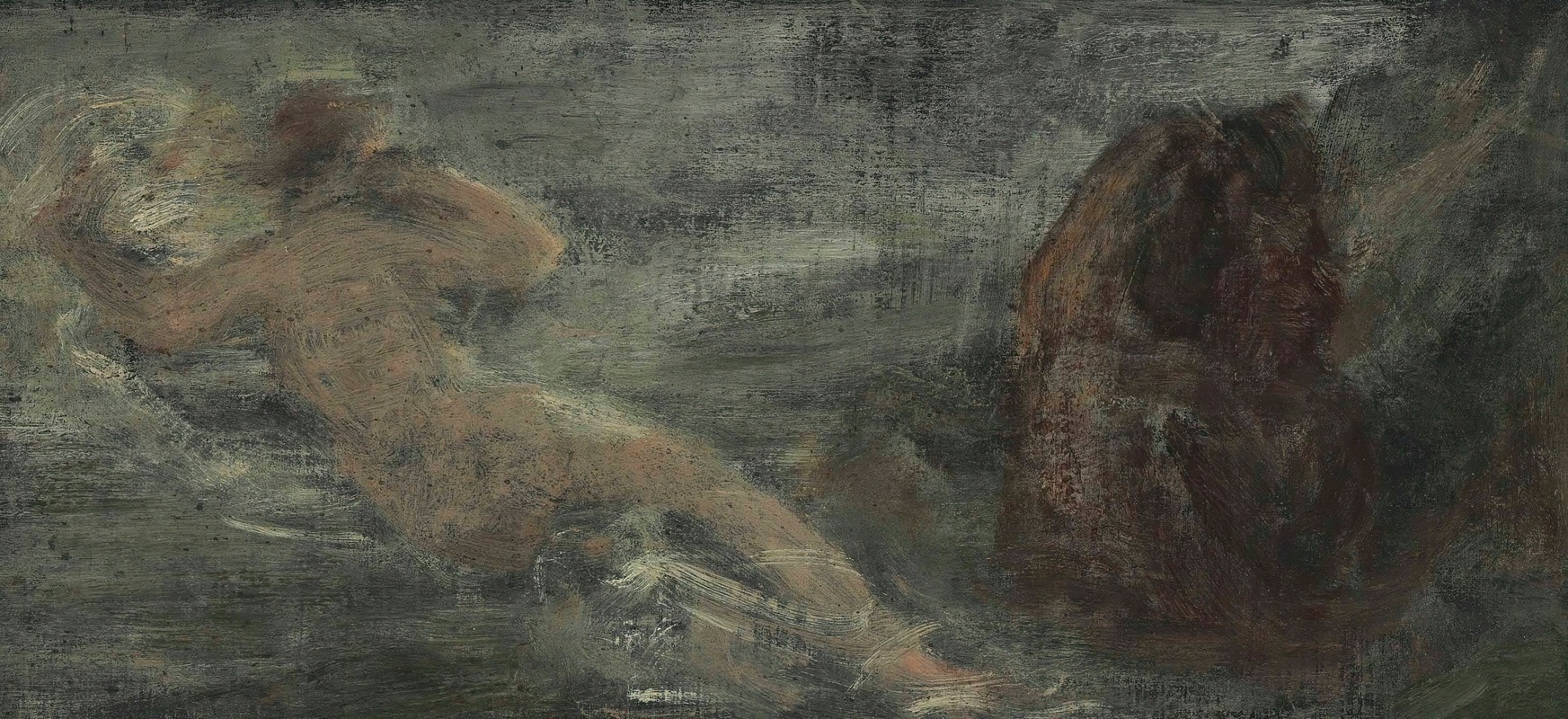
Apparition
A hand-painted replica of Henri Fantin-Latour’s masterpiece Apparition, meticulously crafted by professional artists to capture the true essence of the original. Each piece is created with museum-quality canvas and rare mineral pigments, carefully painted by experienced artists with delicate brushstrokes and rich, layered colors to perfectly recreate the texture of the original artwork. Unlike machine-printed reproductions, this hand-painted version brings the painting to life, infused with the artist’s emotions and skill in every stroke. Whether for personal collection or home decoration, it instantly elevates the artistic atmosphere of any space.
Henri Fantin-Latour, a French painter renowned for his still lifes and group portraits, created the painting Apparition in 1889. This work is an example of his foray into more imaginative and symbolic themes, which he explored alongside his more traditional subjects. Fantin-Latour is often associated with the Realist movement, but his later works, including Apparition, reflect his interest in the Symbolist movement that was gaining prominence in the late 19th century.
Apparition depicts a dreamlike and ethereal scene, showcasing Fantin-Latour's ability to blend realism with fantasy. The painting features a central female figure, often interpreted as a muse or allegorical representation, surrounded by a soft, luminous atmosphere. The figure appears to emerge from a dark, indistinct background, creating a sense of mystery and otherworldliness. The delicate use of light and shadow, as well as the subtle gradations of color, demonstrate Fantin-Latour's technical skill and his sensitivity to mood and emotion.
Fantin-Latour was deeply influenced by music and poetry, and these interests often informed his more imaginative works. He admired composers such as Richard Wagner, whose operas inspired many of his later paintings. While it is not definitively known if Apparition was directly inspired by a specific piece of music or literary work, the painting's atmospheric and symbolic qualities align with the themes found in Wagnerian operas and Symbolist poetry.
The painting reflects Fantin-Latour's departure from the strict realism of his earlier still lifes and portraits, showcasing his ability to experiment with more abstract and evocative imagery. This shift in style was part of a broader trend in late 19th-century art, as many artists sought to move beyond the physical world and explore themes of spirituality, imagination, and emotion.
Today, Apparition is considered an important example of Fantin-Latour's later work and his engagement with Symbolist aesthetics. The painting is housed in the Musée d'Orsay in Paris, which holds a significant collection of 19th-century art. Fantin-Latour's contributions to both Realism and Symbolism have secured his place as a versatile and influential figure in the history of art.






